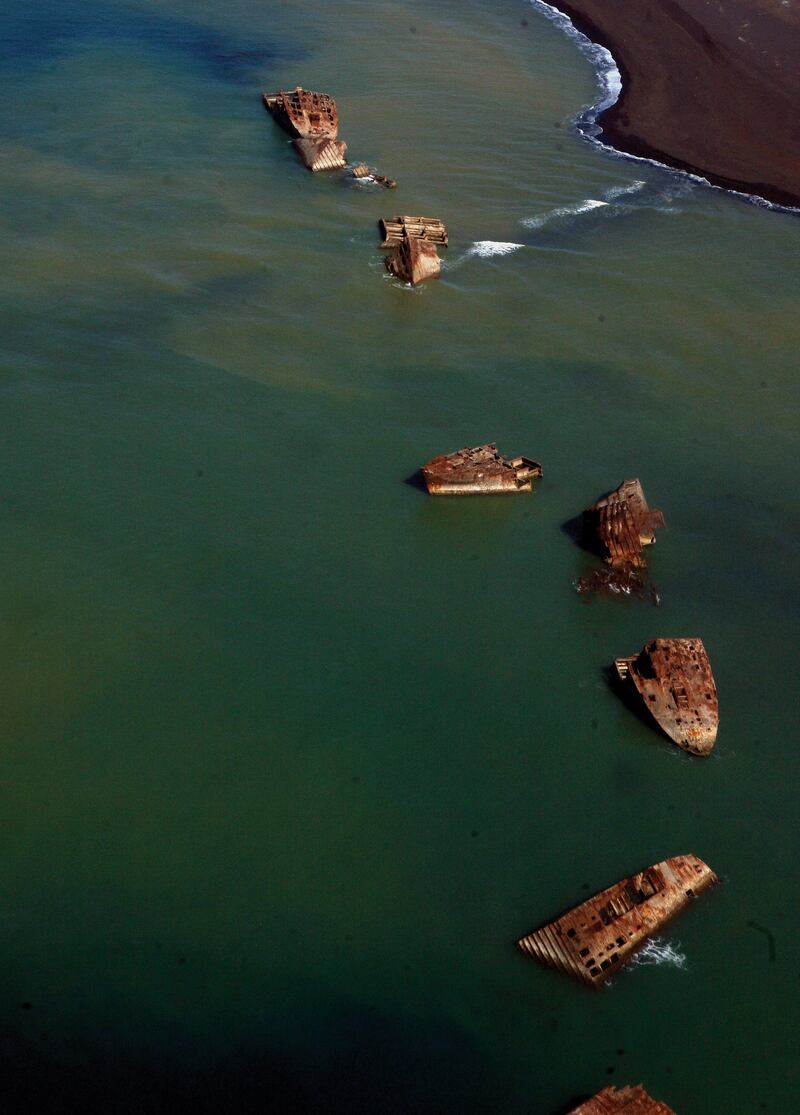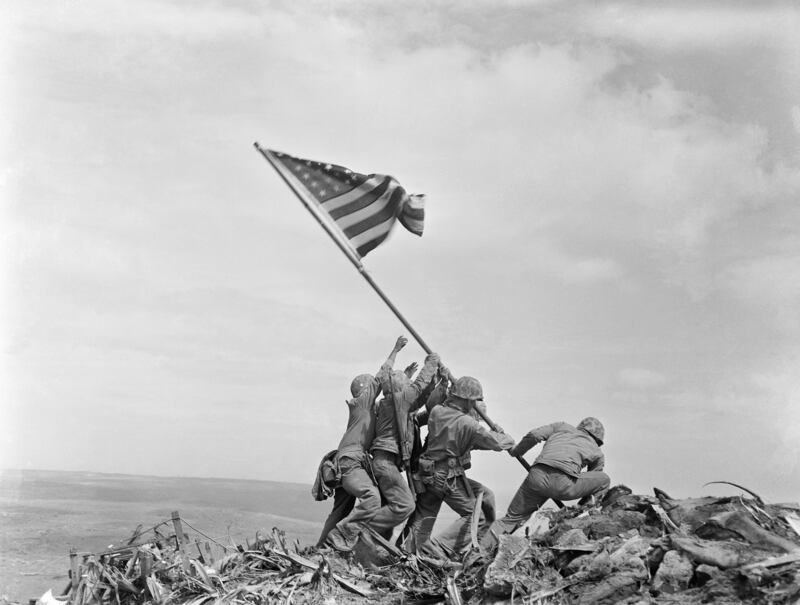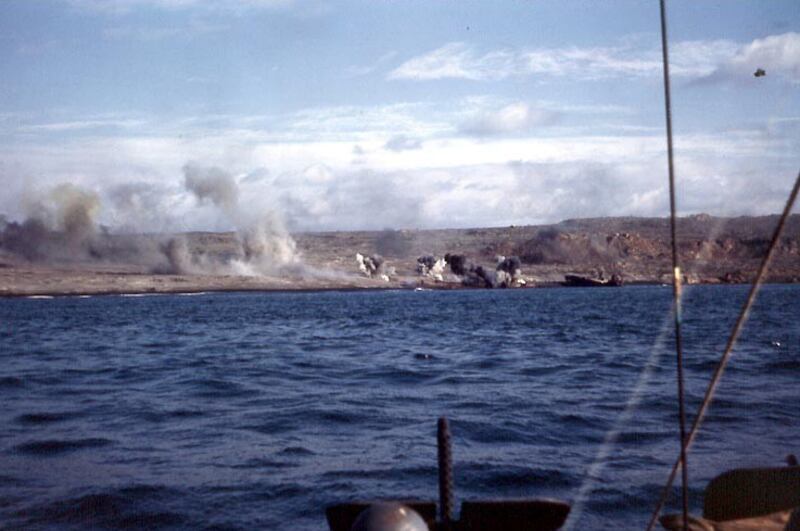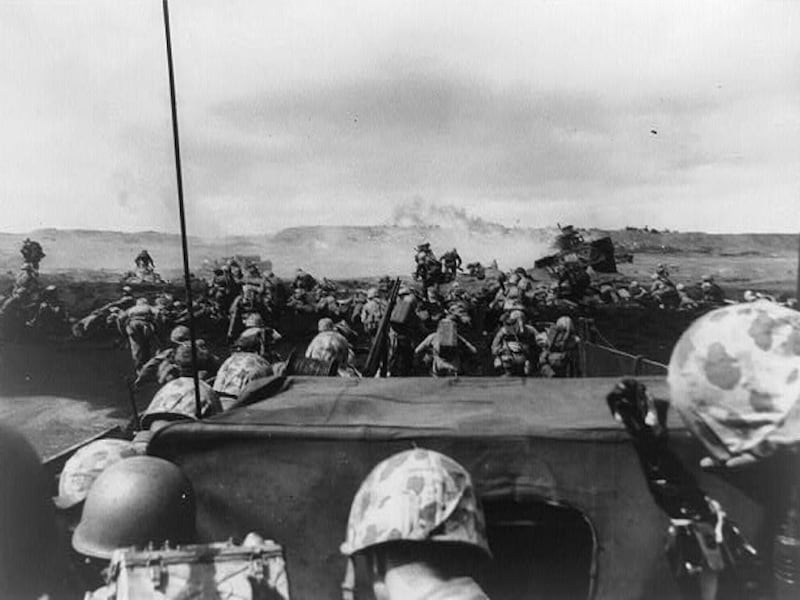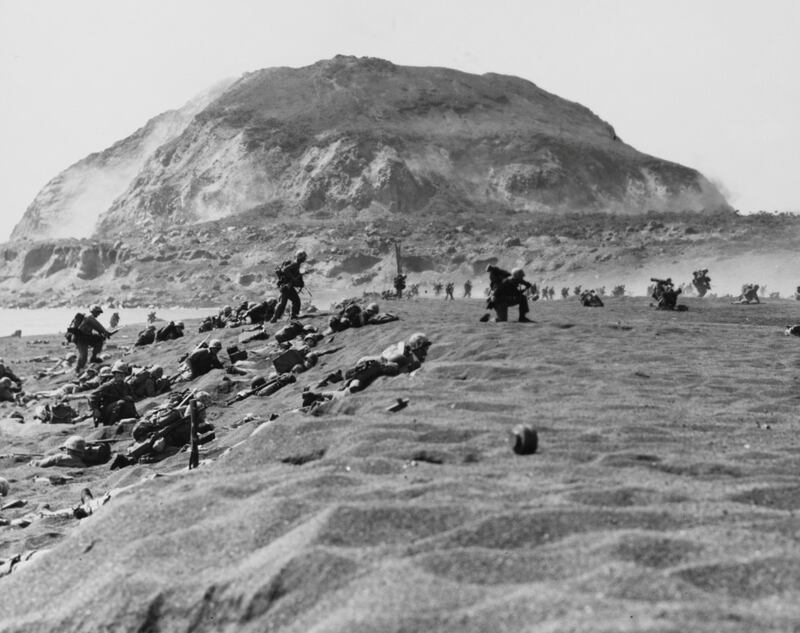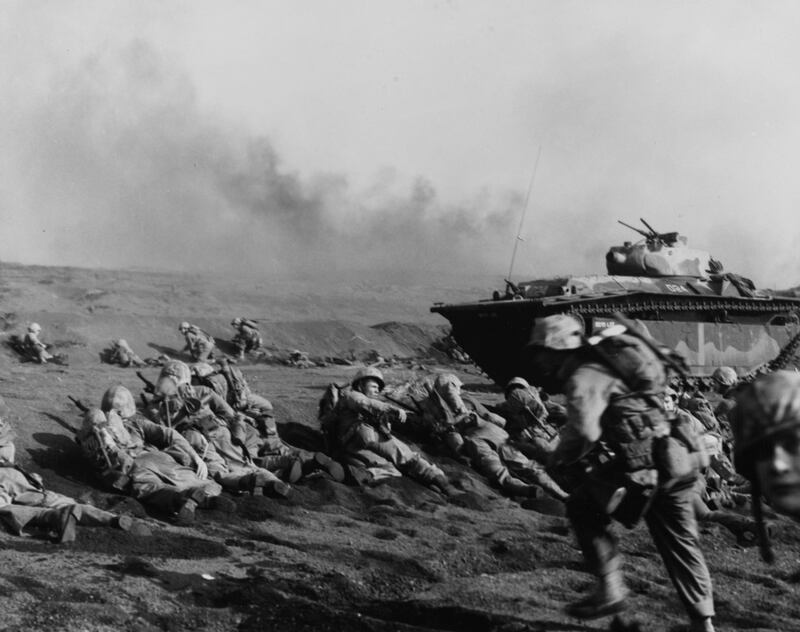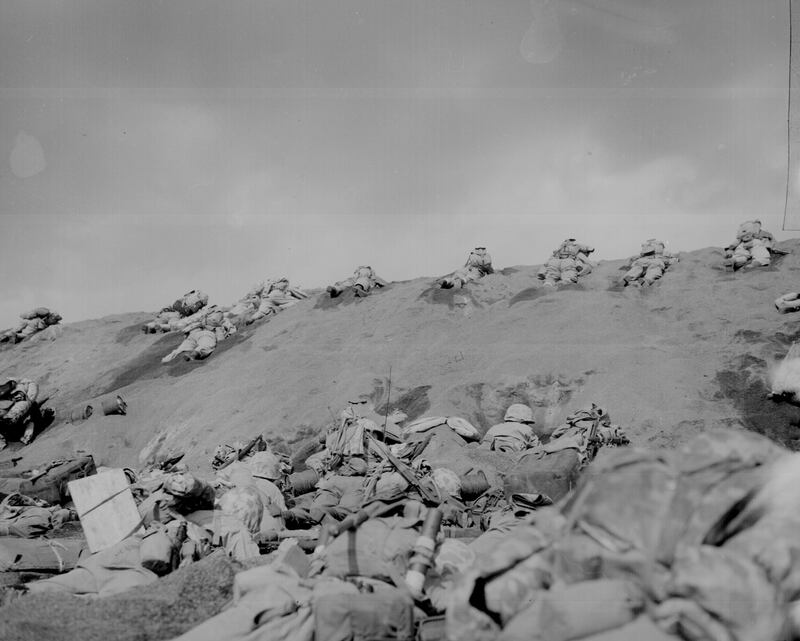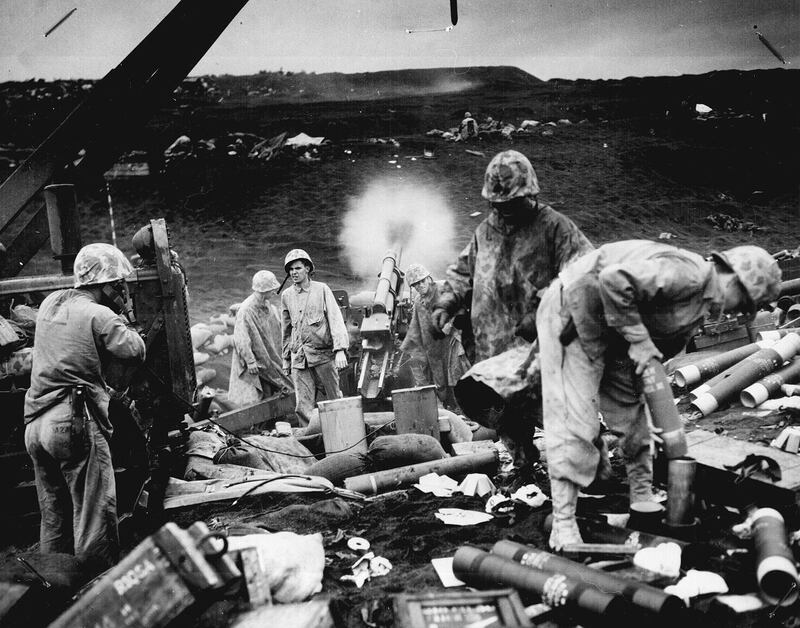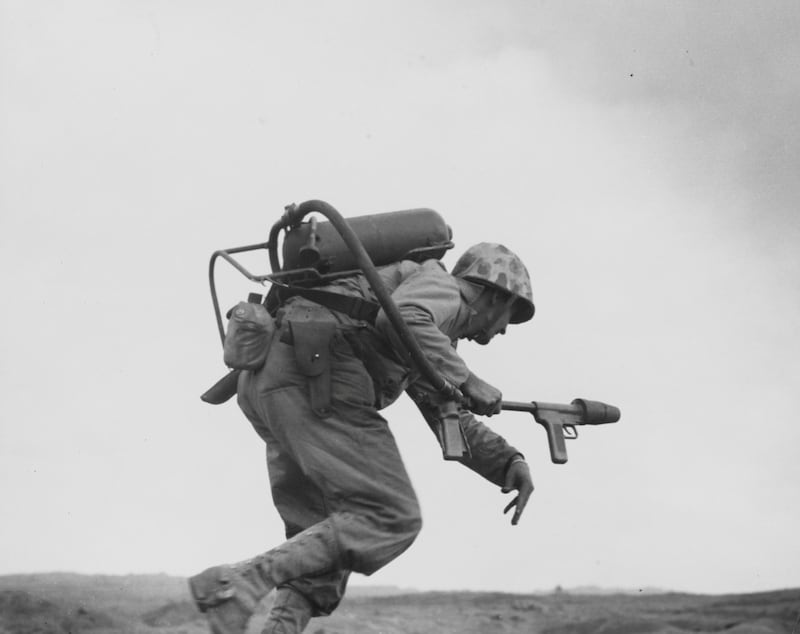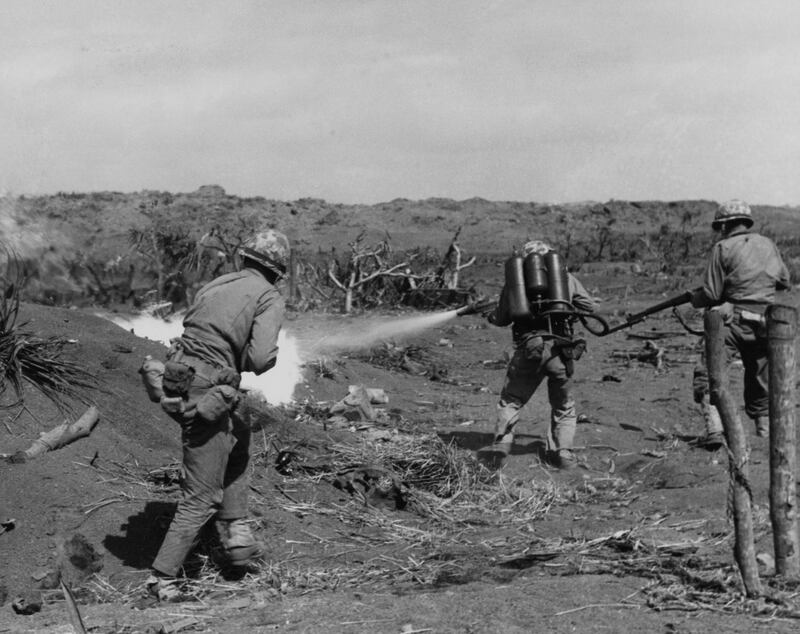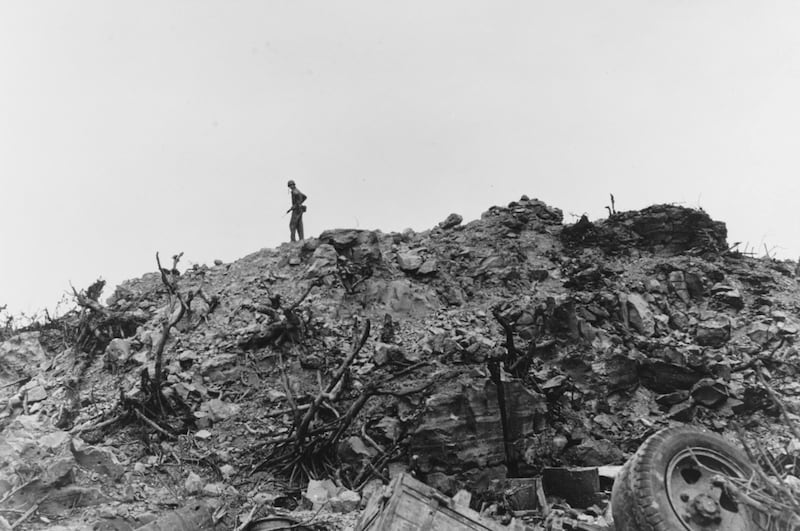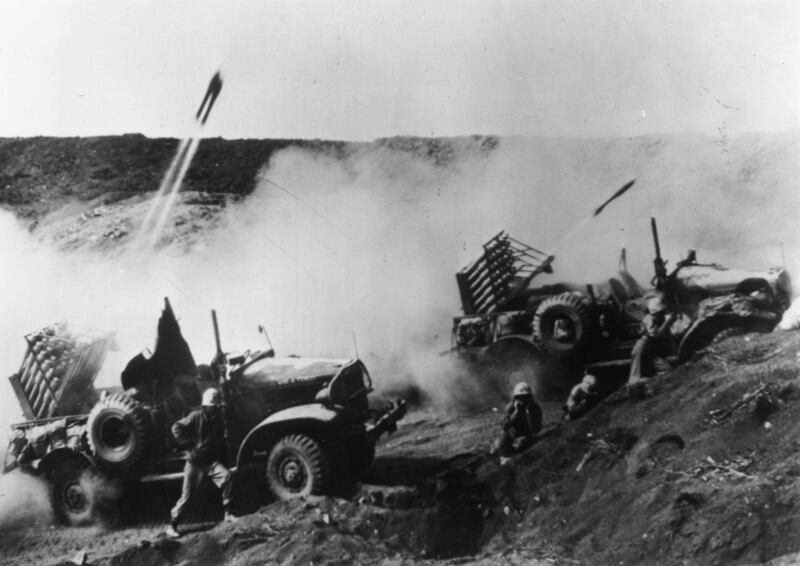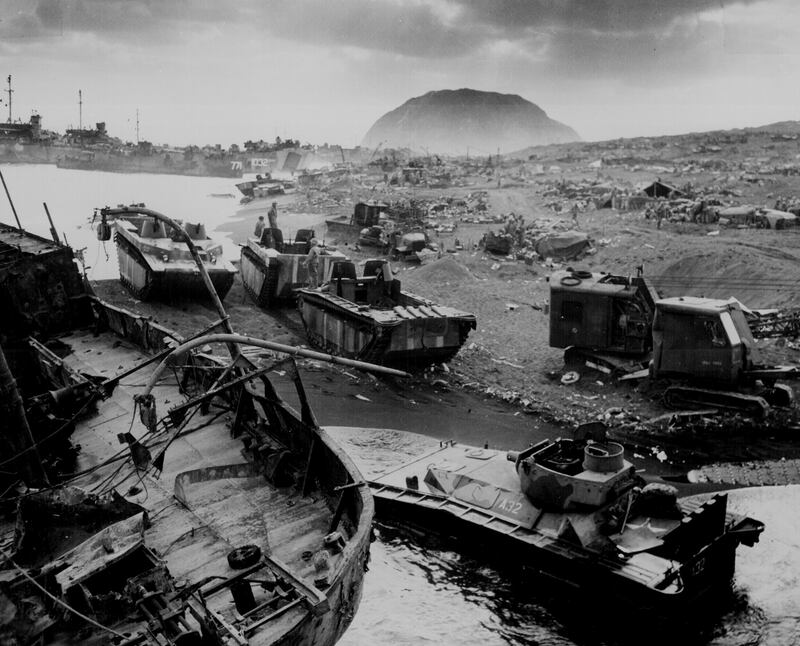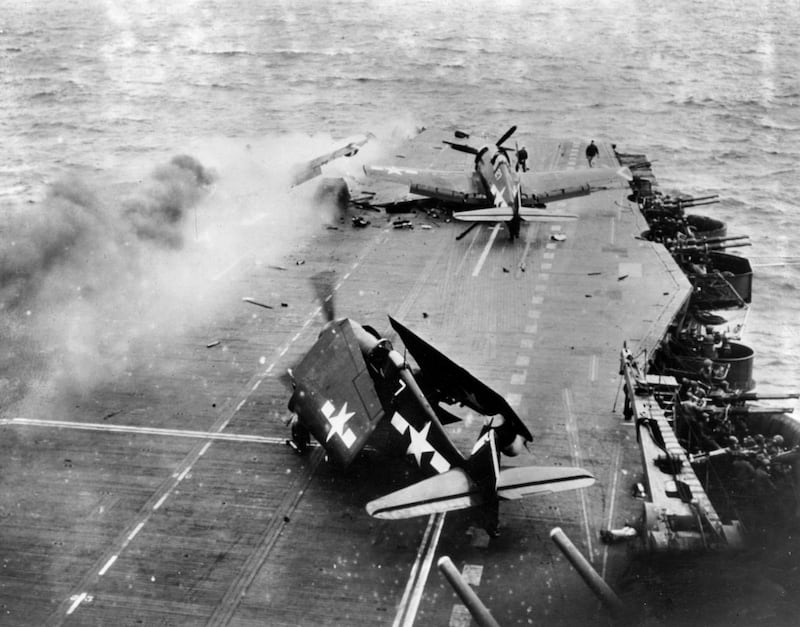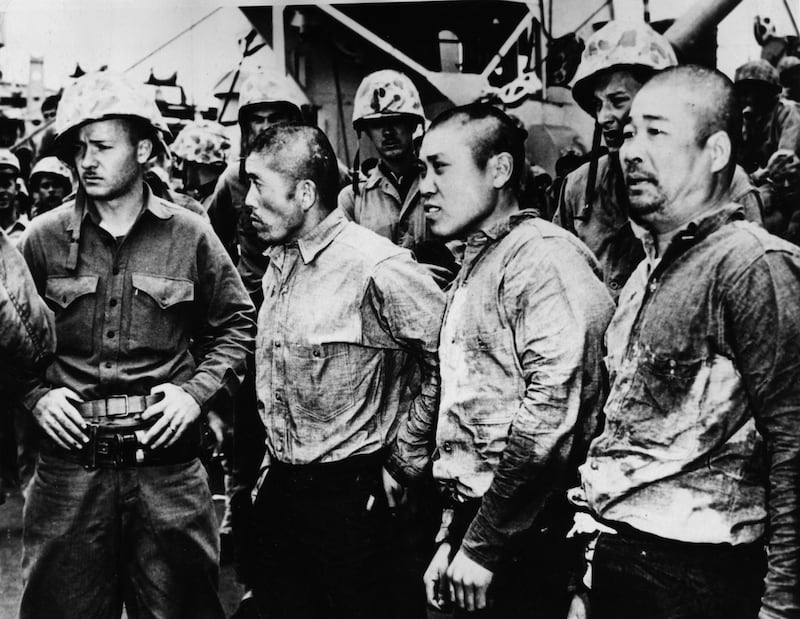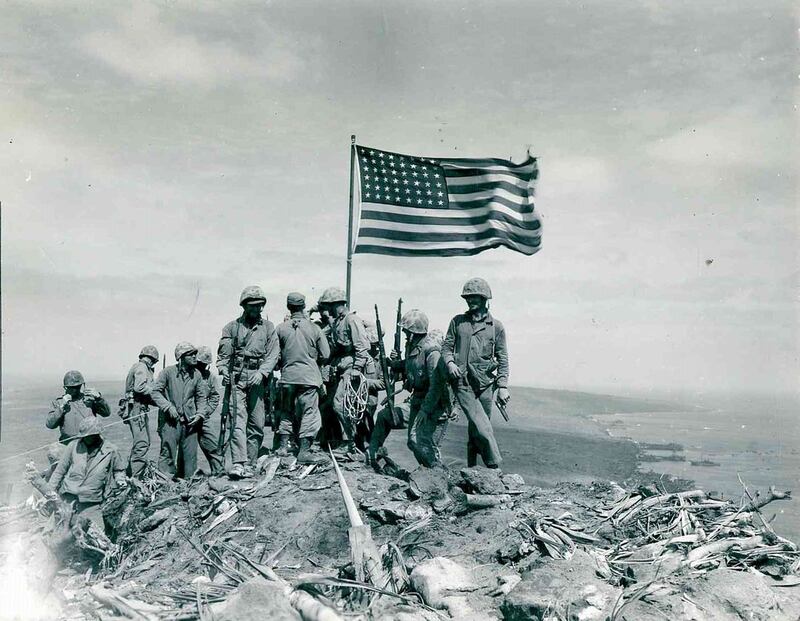An undersea volcano and related tectonic activity near the Ogasawara island chain in Japan has raised the island of Iwo Jima, exposing a fleet of partially sunken Second World War ships.
Aerial footage from the Japanese All-Nippon News Network reported the strange phenomenon on Monday.
The ghostly fleet of wrecks, which can often be seen partially submerged, now appear beached on the small volcanic island’s black sandy beaches.
The island, the name of which translates to “sulphur island” was the site of a battle in February 1945, when more than 100,000 US soldiers fought 20,000 Japanese defenders over its volcanic terrain and the imposing Mt Suribachi.
Only 216 Japanese soldiers were captured alive, following the wartime Imperial Japanese tradition of refusing to surrender, believing that capture by enemy forces was highly dishonourable.
After the battle, US forces attempted to create a harbour on the island as a launching pad for a potential invasion of Japan, sinking a number of captured Japanese cargo ships to form a breakwater for the harbour. The effort failed, but the broken hulls of the ships remain, some of the last remnants of a grim struggle to control the Pacific.
